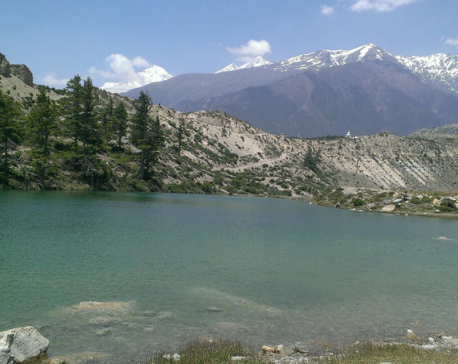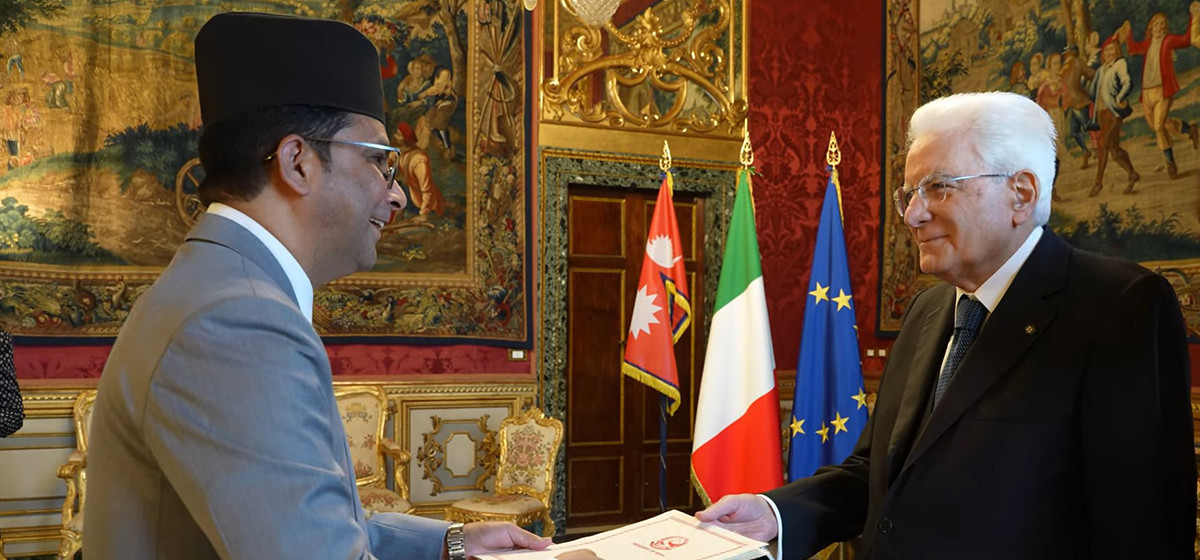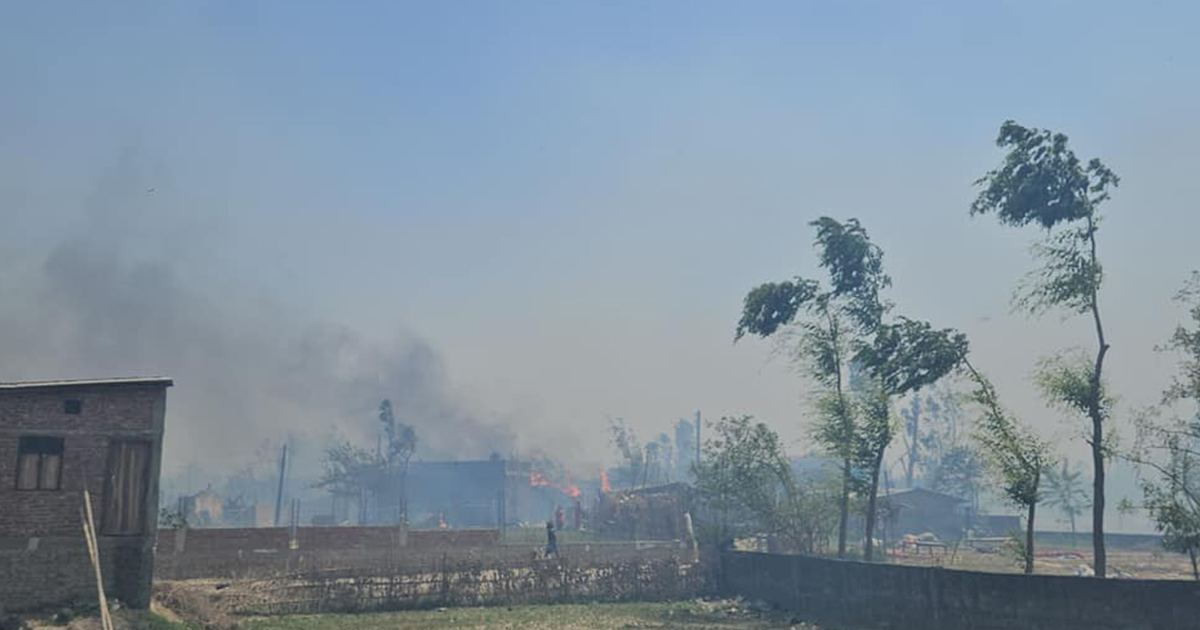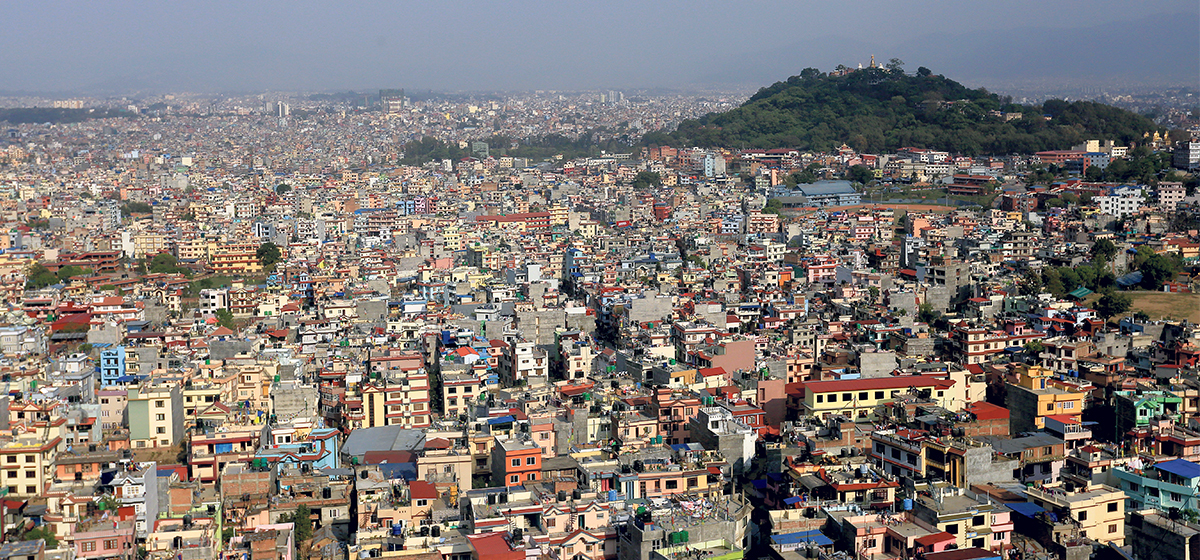
OR
World Environment Day

More from Author
One way of combating climate change would be to make “improving environment” a component of school curriculum
Balanced global environment is vital for all living organisms—from human beings to birds, to insects and in fact to all flora and fauna.
The United Nations’ Global Agenda for Sustainable Development (2030) aims to protect, promote and preserve this precious environment. It advices that economic, social and technological progress take place in harmony with nature, that consumption and production patterns and use of all natural resources be sustainable and climate-sensitive.
Goal six of Global Agenda aims to ensure wide availability and sustainable use of water and sanitation. Goal 13 is aimed at combating climate change. It acknowledges that the United Nations Framework Convention on Climate Change is the primary international intergovernmental forum for negotiating global response to climate change. Goal 14 aims for sustainable use of oceans, seas and marine resources while the objective of Goal 15 is to “protect, restore and promote sustainable use of terrestrial ecosystems, sustainably manage forests, combat desertification, and halt and reserve land degradation and halt biodiversity loss”.
In this context, it is significant that the world since 1972 has been observing June 5 as the World Environment Day, the first day of the landmark Stockholm Conference on the Human Environment. Another landmark resolution adopted the same day gave birth to the UN Environment Program (UNEP). Supported by WED, the UNEP has been raising global awareness about unsatisfactory nature of the environment, the urgent need to mobilize political, social and individual actions all over the world to prevent further environmental deterioration.
This is not the time to sit back and say: “What can a single individual do to save the earth?” No! Each individual, whether in a position of power or not, can contribute. For example, persons of high standing in developed countries can take firm stands on reducing carbon emission to prevent depletion of ozone layer. Governments of developing and least developed countries (LDCs) can contribute by strictly controlling deforestation as well as exploitation of earth in the name of development, and by reducing the use of dangerous chemical chemicals in agriculture.
In Nepal’s context, our tradition teaches us to worship the earth as mother (maataa me bhumi). Crow, dog, cow and forest (as Gobardhan hill) are all worshipped during Tihar.
Snake is worshipped on Naag Panchami and running water as mother ganga is worshipped whenever possible. It seems the seers of the yore were aware of the importance of healthy environment for all living beings.
Today, each Nepali is in a position to conserve environment. They can be involved in cleaning of the rivers and in stopping deforestation. Imagine if each individual planted a tree on their birthday or marriage anniversary. It would greatly restore greenery and reduce carbon emission. In time we may not even find a place to plant more trees!
Equally important in creating healthy environment is having healthy heart. More than anything, it is the human beings—their greed, negligence and self-centered nature—which are responsible for environment degradation. Other creatures have little or no role in creating the present situation. In fact, they are suffering as a result of indiscriminate human activities. Thus humans have the responsibility to reverse the depressing trend.
One effective way of combating climate change would be to make “improving environment” a compulsory component of school curriculum. Students should be taken on field trips to make them aware about effects of climate change. There is only one earth for us to live in.
All of us should work together to keep it clean, green and healthy. Let this International Environment Day generate collective awareness about these facts on a global scale.
You May Like This

Early humans survived climate change by becoming more creative and sophisticated
Archaeologists have uncovered new evidence that indicate that early humans were behaving more sophisticatedly, even involved in trading around 100,000... Read More...

Dolpa at high risk of climate change
DOLPA, Nov 10: The Himalayan district, Dolpa, is at high risk from climate change effects. This information was shared at... Read More...

Climate change blamed for depletion of water level in Dumba lake
MUSTANG, June 19: The existence of the mesmerizing Dumba lake located at Jomsom – 9 is in peril. ... Read More...





Just In
- Partly cloudy weather likely in hilly region, other parts of country to remain clear
- Nepal’s Non-resident Ambassador to Italy presents Letter of credence to President of Italy
- 104 houses gutted in fire in Matihani (With Photos)
- By-elections: Silence period starts from today, campaigning prohibited
- A Room of One's Own- Creative Writing Workshop for Queer Youth
- Tattva Farms rejuvenates Nepali kitchens with flavored jaggery
- Evidence-Based Policy Making in Nepal: Challenges and the Way Forward
- Insurers stop settling insurance claims after they fail to get subsidies from government














Leave A Comment